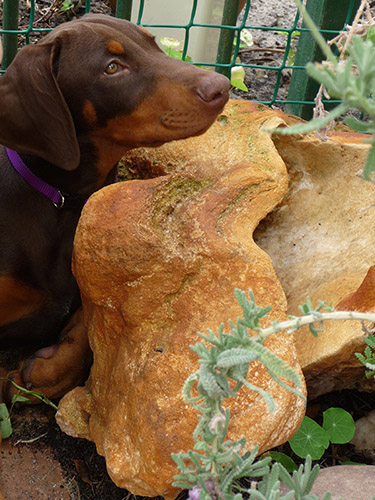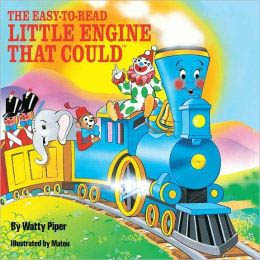It’s been a while since I fell into the category of stay-at-home-Mum, with the result that many of the day to day aspects of what’s involved have become rather distant memories. I remember being tired, trying to get what felt like a gazillion chores done – or partly done – while the children napped, but also to grab a little shut eye then if the opportunity arose… I remember it was fun, but that babies and toddlers are a lot of work and that I’d had very little idea of what I was letting myself in for when I started on that journey. I remember that babysitting was an issue, since I had little in the way of convenient relatives/friends to help out, particularly in the early days.
Having just added a puppy to our household, I’ve suddenly been catapulted straight back into that zone. Since puppies need pretty much what babies do, we’re gradually getting back into the swing of patience, consistency, a managed environment, regular feeding and cultivating good habits (via bribes if necessary). Fortunately, unlike a baby, our pup was 12 weeks old when we brought her home, not just a few days, and is therefore quite a lot more independent than a baby. She also came with a lot more sharp little teeth than a baby and is happy to demonstrate their use on ankles, fingers and furniture. As she’s already mobile, she can (and does) follow me from room to room and will dart off with a treasure given half a chance. I’m truly grateful that my babies did none of those things – at least to start with!
The similarities are more significant: like my babies, this little girl wakes us up if we’re bold enough to actually fall asleep, seems to produce an endless supply of waste products that need to be cleaned up, needs to be fed at regular intervals on a special diet and doesn’t believe in alone-time (the bathroom is no longer a haven!). I’m also once again tired a lot of the time, don’t get an awful lot done (including blog posts) and have to make special arrangements for daycare if I have appointments or need to pop in to work for a day. Fortunately I can do most of my work from home and have the best puppy daycare in town when I need it: a daughter who’s prepared to give up her day off to help out. She’s earned mega brownie points for that one!
 Despite the exhaustion, mess and chaos, our puppy is adorably cuddly – especially when she finally conks out in a lap. This seems to bring out all the protective instincts in whoever’s cuddling her at the time – and all her achievements result in a ridiculously high level of pride and satisfaction for all of us as well.
Despite the exhaustion, mess and chaos, our puppy is adorably cuddly – especially when she finally conks out in a lap. This seems to bring out all the protective instincts in whoever’s cuddling her at the time – and all her achievements result in a ridiculously high level of pride and satisfaction for all of us as well.
Overall, I’d recommend getting a puppy – but only if you have the time and energy to devote to one. On the upside, their needs are fairly simple and remain that way, you can leave them alone at home (later on) without social services paying you a visit, they’re always pleased to see you and you never have to attend parent-teacher nights! It’s a win all round.







